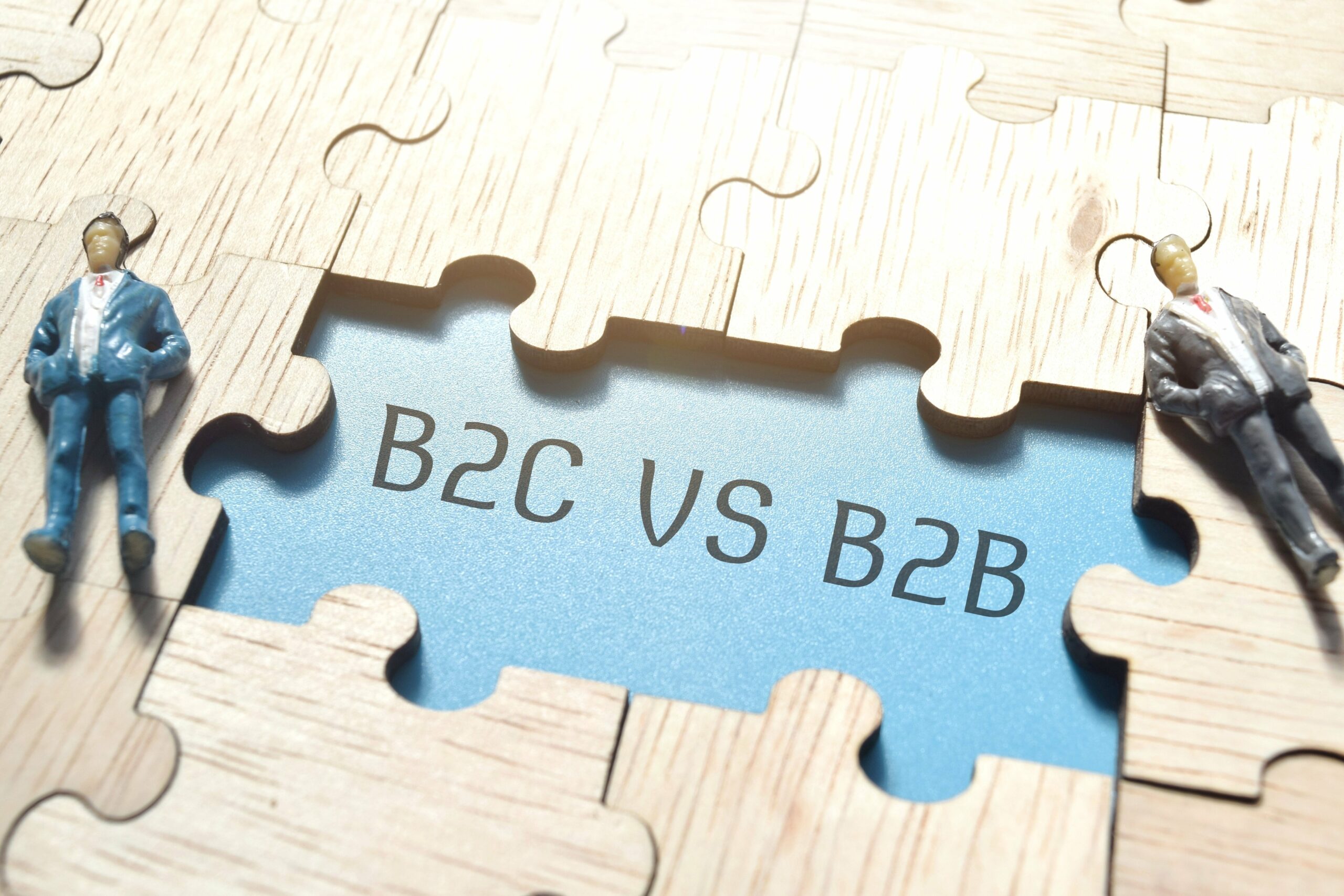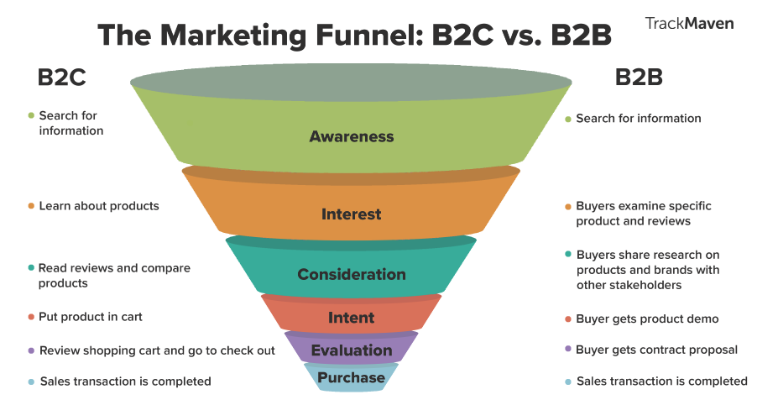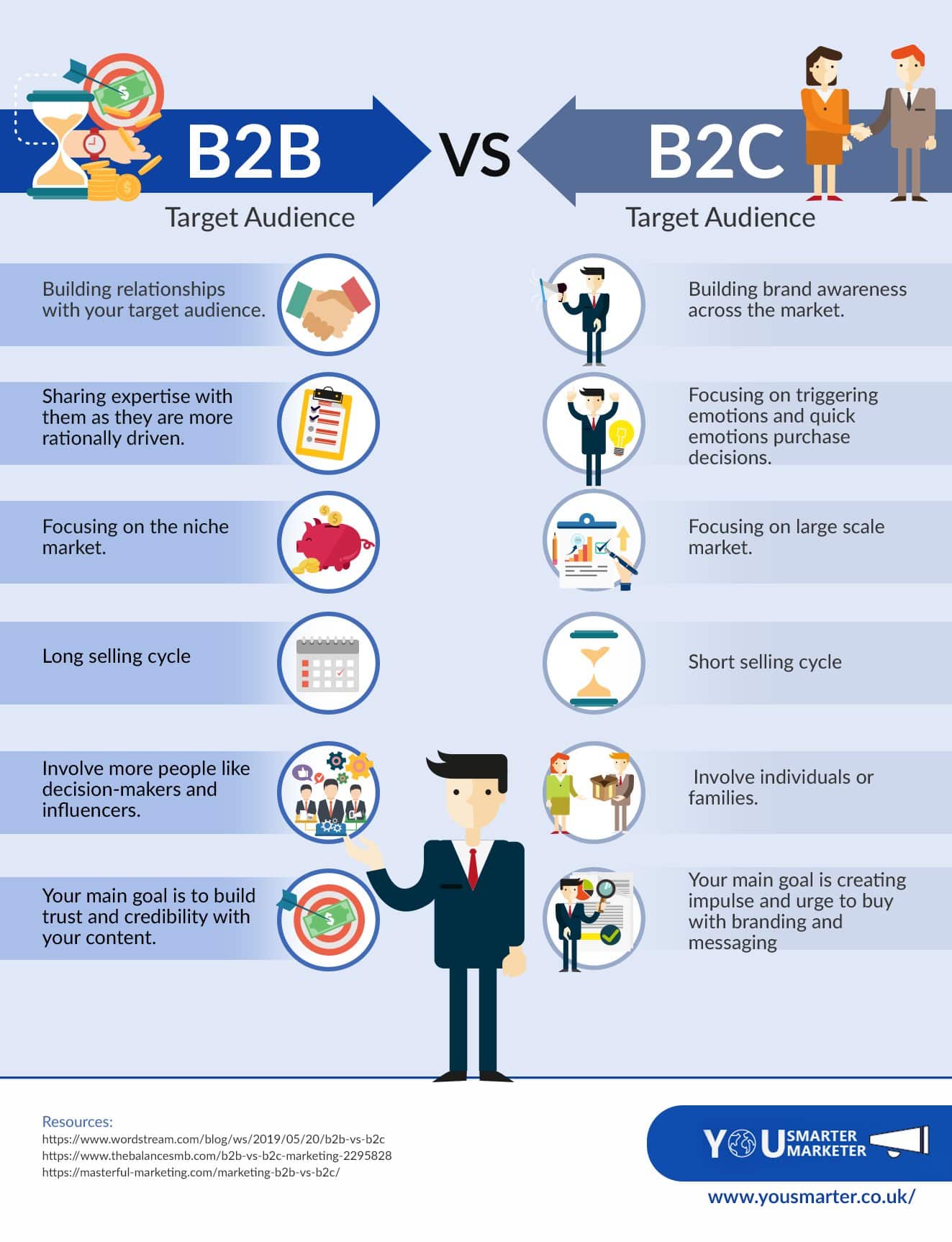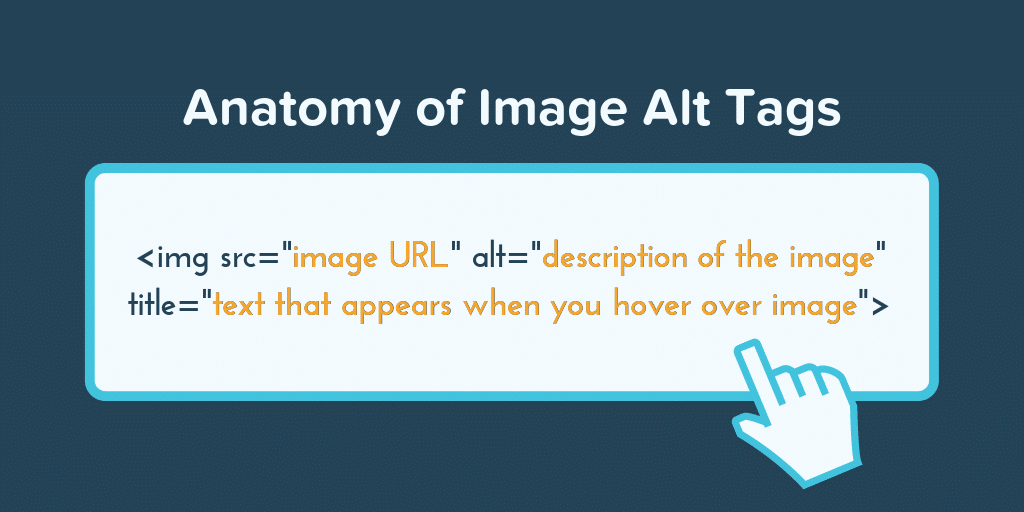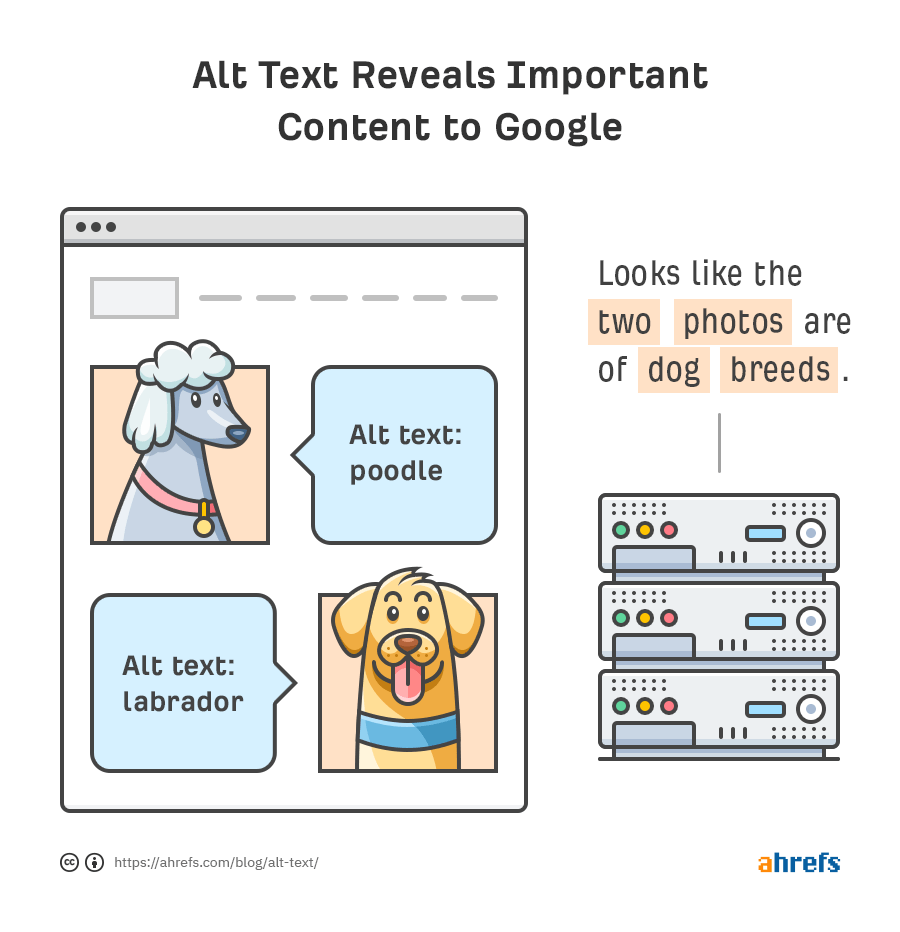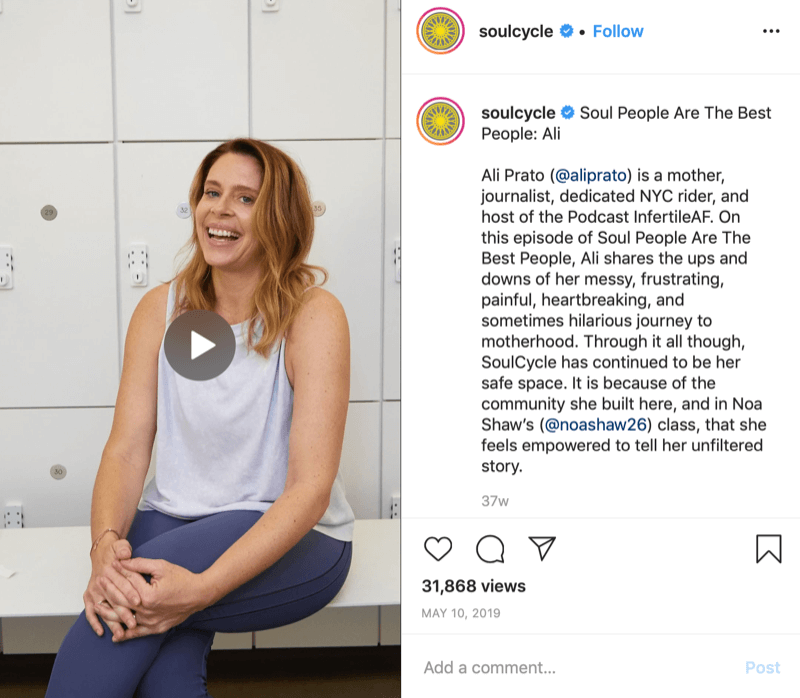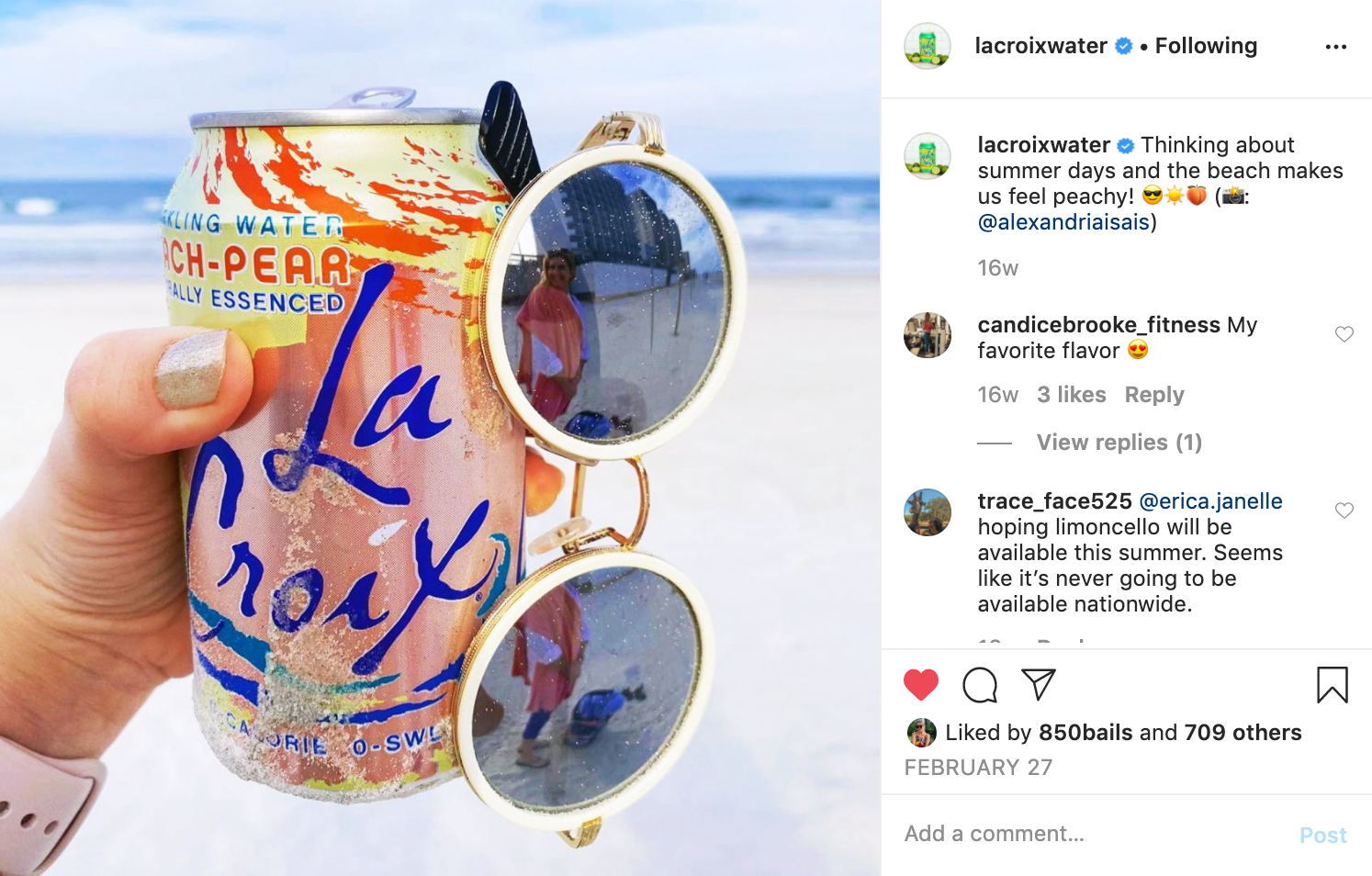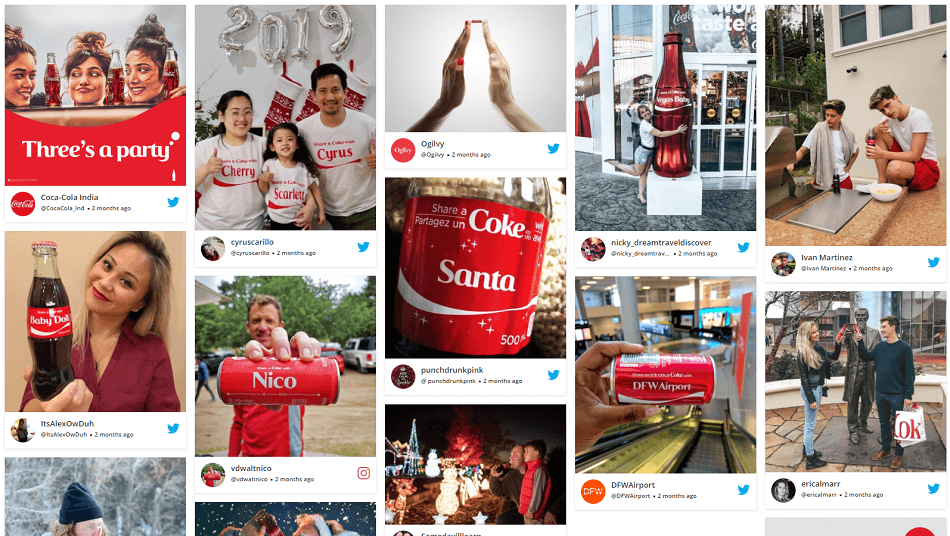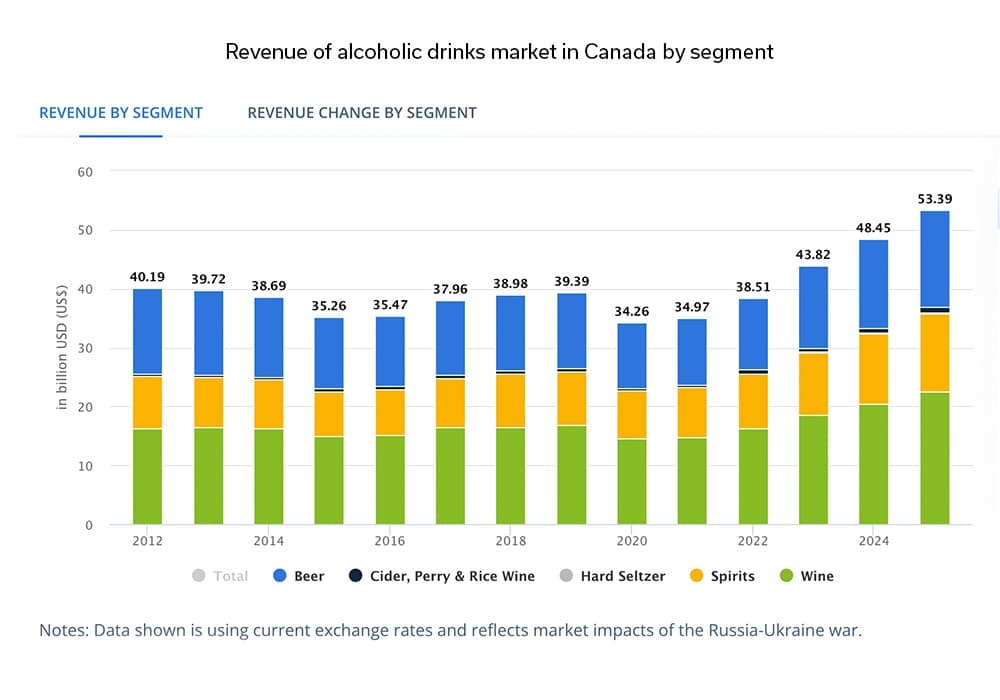Brand advocacy is a term used to describe actions taken by people who love your brand and continuously support your organization by promoting products and services to new customers and prospects.
Through brand advocacy strategies, companies can build more vital brand awareness and reach consumers on various platforms like never before.
Brand advocacy is built on quality customer loyalty, reviews, and data collection. By using reviews and data collection, a company can determine which tactics are working and which are not.
Brand advocacy has been present in the marketing industry for decades, with high-ticket companies such as Adidas using brand advocacy as a leading factor in their national marketing strategy.
With market experts speculating that this is the year brand advocacy reigns supreme, there has never been a better time than now to build and implement a brand advocacy strategy.
In this article we will cover:
What Is A Brand Advocate?
A brand advocate is someone who elevates your brand through word-of-mouth marketing. Brand advocates leave positive reviews about your product. They also refer new customers and create content on your behalf.
Brand advocacy is impossible without brand advocates. Brand advocates play a crucial role in producing awareness and customer traffic, with 75% of customers saying that word-of-mouth is a critical factor in their purchasing decisions.
Knowing who can be a brand advocate is vital and is one of the essential steps in building a brand advocacy strategy.
Brand advocates can be found in many forms, but more often than not are found to be in four major groups.
Customer Brand Advocacy
The best word-of-mouth advertising to customers is from customers. Hearing a fellow customer talk about a brand or product is the quickest way to dispel any hesitancy or worries a possible customer might have.
Customer reviews are one of the most important factors driving customer brand advocacy, along with being a powerful tool that helps customers empower themselves as brand advocates.
Reviews allow customers to express their opinion about a brand and its products. They enable consumers to become familiar with and gain interest in the brand and begin their journey toward becoming a customer.
Inserting testimonials into brand and product advertisements is one of the best ways for brands to add authority and social trust to an advocacy strategy. Additionally, social media has proven to be an effective area for customer and influencer advocates to reach a wide-ranging array of consumers.
Influencer Brand Advocacy

Influencers are famous and well-known individuals with a robust social media presence and following. Influencers are known to operate on various social media channels as they cater to their thousands of followers, making the odds of a brand’s message being seen very likely.
The average user connects with over 600 friends and family on social media. Additionally, 61% of customers trust influencers’ recommendations–more than the 38% who trust branded (and often biased) social media content.
Those two facts alone make influencer marketing essential for companies to use when connecting with consumers on social media. Companies need influencers’ social media mastery and skills to ensure the message of their brand and products reach as many followers as possible.
As influencers advocate for the brand through a post and leave a lasting impression on their followers, those followers will share that post with their friends, and their friends will share it as well, causing a domino effect that spreads the brand’s message and brings in more customers.
Business Partner Brand Advocacy
The relationship between a company and its partners is unique. Business partners such as affiliate partnerships have an insight into the companies they work with that can be used as an impressive and effective brand advocacy strategy.
Affiliate Advocacy:
Affiliates are seen as trusted sources through the connections they have built with their audience. The fact that affiliates have a strong following makes them a top candidate for brand advocacy.
When affiliates present a brand or product to their audience, it comes across less as straight-up advertising and feels more like a casual recommendation. Additionally, affiliate websites leverage their reputation with consumers to make their website the number one place for shopping guide knowledge.
A shining example is the Amazon associate program, built to enable affiliate sites to broadcast and showcase Amazon’s products to the public.
A number one factor for Amazon is being the largest retailer in the world, with over 12 million items throughout all categories and departments. With Amazon having such a large volume of products, their partnered affiliates have a much more extensive range to advocate for the brand, advertise their products, and bring in customers.
Much like any work, affiliates do not do this for free. Affiliates who work with Amazon can earn up to a 10% commission from each acquired customer’s overall spending with Amazon.
This example is just one of many stand-out affiliate programs that exemplifies how far affiliate brand advocacy can go in helping a company.
Employee Brand Advocacy
Using employees as brand advocates is one of the best choices a company can make. Unlike customers or business partners, employees are built-in and always there for their company. Employees hold much information about the brand they work for and its products, giving them everything they need to be brand advocates.
21% of employees within organizations were estimated to be brand advocates, and another 33% have the potential to be ones.
However, it is up to employees to be brand advocates, and the best way to make them want that is by creating a comfortable and inspiring company culture.
Of course, there are more factors to consider that depend on each company’s particular needs. The overall goal for every company remains the same: focus on growing employee brand advocacy.
Employees are the glue that holds a company together. Therefore, companies need to prioritize nurturing employee experience and loyalty. When customers see happy employees advocating for the brand they work for, it showcases how caring this brand is for its employees and how customers can expect that same treatment.
All four are excellent brand advocacy strategies that any brand will benefit significantly from using. It would be very time and budget-consuming to implement all of these into one singular brand advocacy strategy. Remember that adding only one of these groups into a brand advocacy strategy is best.
The Power Of Customer Loyalty
Customer reviews are the first step in using brand advocacy to help a business.
As with any review for a company or product, the intended goal is to have it communicate a positive message to consumers.
However, a company does not need to have a perfect review record. 95% of consumers will find a perfect review record suspicious, leading to them not engaging with the company.
Nothing works better to break down a consumer’s hesitancy and worry than to hear a fellow consumer talk about a company and product.
This way of advertising comes across less as a direct sales pitch and more as a subtle and casual conversation, helping the consumer feel at ease and more inclined to become a customer.
These reviews can be done in different forms, such as a short and sweet tweet on Twitter, a slideshow post on Instagram, or a segmented story on Snapchat.
Customer reviews are not limited to those platforms but are known to perform strongly on social media and lead to higher conversion rates.
A brand can build a strong bond with customers by honing in on customer loyalty, making them feel validated and more inclined to advocate for the brand.
After indoctrinating loyal customers into brand advocates, they will spread a brand’s engaging brand advocacy program to their friends and family as these new customers flock to the excellent and trustworthy brands they hear about from brand advocates.
Remember that customer reviews are much more than just a way for customers to express their opinions. Customer reviews are constantly being made and waiting to be used by brands to reel in potential customers.
Measuring Advocacy Through Data Collection
Being able to measure the effectiveness of a brand advocacy program through data collection is crucial. Instead of second-guessing and being in the dark about what works and does not, data metrics show brands precisely what works best in their advocacy campaign to increase conversion and revenue, such as:
- Quality of posts and channels
- Consumer-generated impressions
- Friend and follower engagement
- Rating and review
- Share of voice
The most accurate and efficient way to measure customer advocacy is through Net Promoter Score (NPS). NPS is a measuring system that assesses and quantifies the percentage of a customer base promoting the product along with the opposing side detracting from the product.
Net Promoter Score is very focused on data collection and, in doing so, has crafted many ways for companies to connect with and better understand their customer base.
Many of these methods involve crafting a tool for data collection, such as a survey sent through email or an engaging campaign on social media. Additionally, customer reviews are a great place to learn what customers like and dislike about a brand and product.
The main point is that companies must listen to what their customers say to get the data they need to measure advocacy in their brand. That is why Net Promoter Score and customer reviews focus on gathering a brand’s pros and cons from various customers. After acquiring these metrics, a company can make any changes needed to improve its brand.
As companies gather and listen to customers’ opinions, they will find that this is the top method for understanding and improving customer experience, building customer loyalty, and having it result in those customers turning into brand advocates.

Use Customer Experience To Build Brand Advocacy Programs
No matter what, every brand needs to find a way to connect with its customers through brand advocacy. Many companies struggle with figuring out how to make this happen, but listed below are some who have found ingenious ways to build effective and long-lasting brand advocacy through an engaging customer experience and effective brand positioning.
Apple’s Brand Advocacy Program
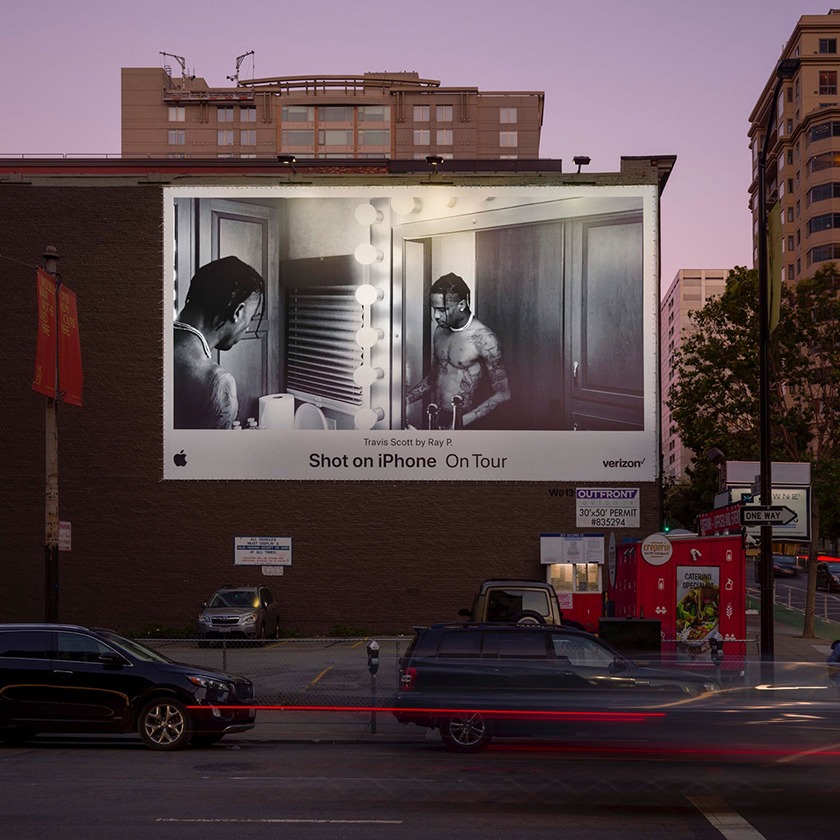
Apple’s brand advocacy program is called “Shot On iPhone” and primarily uses customer and influencer advocacy.
As mentioned but can never be said too often, the best way for a brand to get customers to engage is by engaging with customers first. Apple went about crafting this brand advocacy program with that specific sentiment in mind.
When conducting the “Shot On iPhone” brand advocacy program, Apple asked their customers to do just one thing: take a picture, add a special hashtag, and share it on social media. With the company being so popular and trusted nationwide, waves of loyal customers jumped at the chance to be an Apple influencer.
As they do, it improves customer experience and builds customer engagement for Apple. After searching through the vast amount of submissions, Apple found the right photos from 24 countries to fit their ad campaign and speak to every type of customer they have.
The best part of Apple’s brand advocacy program is that the customers did most of the work for the company, with Apple only having to add the tagline “Shot On iPhone.”. They put ad spending at a minimum and watch their revenue rise because of the advocacy and social proof their loyal customers add to the company.
The “Shot On iPhone” program is a leading example of adequately using customers and their loyalty to build a unique and compelling strategy, showcasing the strength and effectiveness of brand advocacy in the marketing world.
Starbucks’s Brand Advocacy Program
Starbucks built a brand advocacy program known as “Tweet-A-Coffee”.
The “Tweet-A-Coffee” program allowed customers to buy their friends and family gift cards through Twitter.
All participating customers have to do is use the handle @tweetcoffee and include the name of the person they want to receive the $5 gift card.
On top of that, Starbucks’ marketing team ensured to incentivize customers by offering a free $5 gift card to the first 100,000 customers to sign up.
This brand advocacy program accomplished two goals for Starbucks. The first accomplishment is that it allowed Starbucks to see how many customers the company can engage with and turn into brand advocates. Secondly, the program proved very successful for Starbucks, engaging with over 27,000 brand advocates and turning a profit of $180,000 in “Tweet-A-Coffee” sales.
Key Takeaways
How to Build an Effective Brand Advocacy Program
- Pick your brand advocates
- Set goals for your program
- Engage with your advocates
- Be consistent
- Create promotions
- Listen to your advocates
- Measure customer advocacy through NPS
With all this information, now is the time to act and use all the advantages of brand advocacy.
To learn more about brand advocacy and strategies, make sure you check out this article on customer value and how to generate it for customer retention and loyalty.



